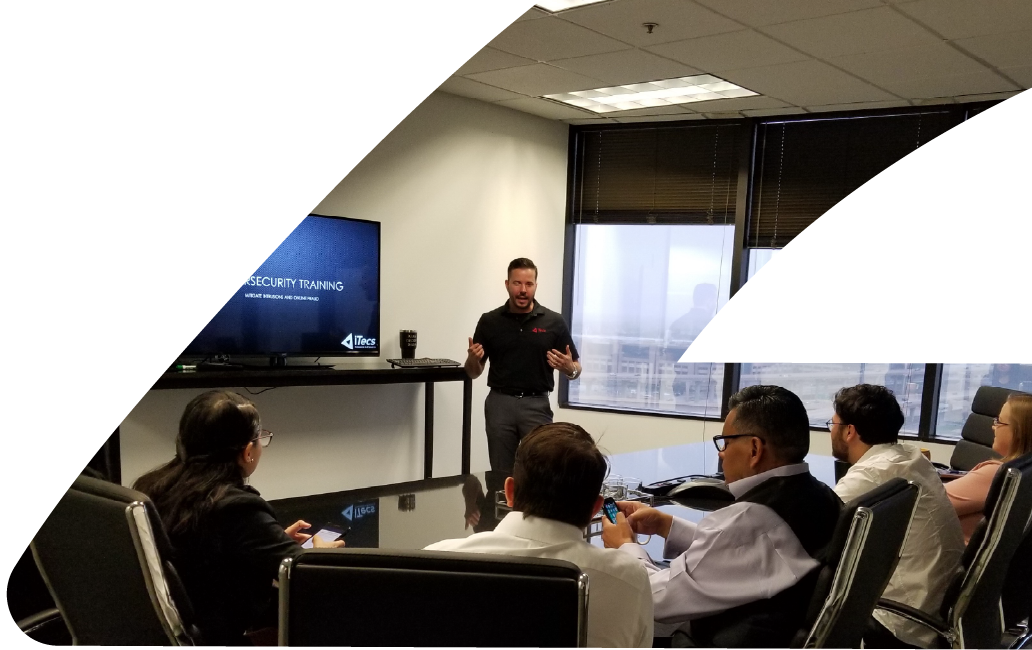We offer our IT Outsourcing MSP clients free cybersecurity employee training seminars, but we encourage all of our clients to take part in our cybersecurity training at least once. We can come to your company to teach these essential skills for avoiding online threats or can host within our conference hall. While these courses may seem optional, we believe this training to be every bit as important as a secure firewall or a hardened server. When your organization faces cyberattack, your employees will be the first line of defense again the threat.
We've been providing cybersecurity services for almost two decades now, and we've seen an enormous increase in online threats. We believe that having a skilled employee is the number one way to protect against these threats. We offer short demos at your office, at our offices, or online that teach people how to avoid clicking on malware-laced websites, detect phishing attempts, and prevent online scams.
We offer short demos at your offices, our offices, or online that teach business leaders, CEOs, managers, and employees to recognize malicious links, spot phishing scams, and prevent online fraud.

ABOUT
Learn about our history, our vision, and our values. Discover how iTecs became a leader in IT Support, Cybersecurity Services, and Cloud Hosting.
Learn About iTecsGet A Free QuoteIncident Response
(214) 444 - 7884
IT SERVICES
We can work with your current IT department or become your IT department. Enjoy our professionally managed, white-glove IT support services.
All IT ServicesGet A Free QuoteIncident Response
(214) 444 - 7884
CYBERSECURITY
Secure your network against ransomware, phishing, and other cyber attacks. iTecs provides comprehensive cybersecurity solutions.
All Cybersecurity ServicesGet A Free QuoteIncident Response
(214) 444 - 7884
CLOUD
iTecs manages all cloud hosting services for your SMB, including enterprise security, patching, maintenance, administration, and support.
All Cloud ServicesGet A Free QuoteIncident Response
(214) 444 - 7884



